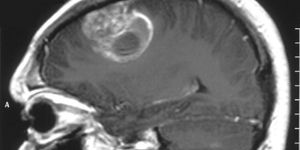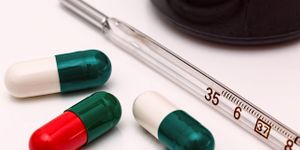3 Patients Lose Sight After Stem Cell Injections
Three women involved in an experimental study have lost their eyesight after their eyes were injected with stem cells. While the women found the clinical trial after seeing it on a government website, ClinicalTrials.gov, the study had no government endorsement. At the clinic, liposuction was used to harvest fat from the women’s bellies, ‘stem cells’ were extracted from that tissue and subsequently injected into the eyes of the patients. Because stem cells are not drugs, the clinic did not have to obtain FDA approval before using them.
While the three women had some visual impairment, prior to the procedure they were all able to see well enough to be able to drive. One of the women, aged 72, is now totally blind; the other two aged 78 and 88, have lost the majority of their eyesight.
The procedure and outcomes have been described in a New England Journal of Medicine (NEJM)article (not authored by the doctors that performed the procedures). The women suffered detached retinas, a problem that requires immediate surgery to stop blindness from happening, as a thin layer of cells that transmit light information from the eyeball to the brain breaks free of the back of the eye. The intense pressure on the eyes of one patient was probably around three times its normal level, and it caused damage to the optic nerves. She was blinded even though doctors tried to operate in time.
“The really horrible thing about this is that you would never, nobody practicing good medicine would ever do an experimental procedure on a patient on both eyes on the same day,” commented Dr. Thomas A. Albini to the New York Times. He met two of the patients at the Bascom Palmer Eye Institute at the University of Miami Miller School of Medicine.
He noted that standard procedure is to treat one eye at a time, preferably starting with the eye that is more impaired, and if something goes wrong the patient keeps some eye function. After a second patient showed up in his office, he called the FDA (who has not commented on this story because of an ongoing investigation).
Two of the patients sued the clinic, U.S. Stem Cell, and settled, but have signed non-disclosure agreements; the last patient did not comment. U.S. Stem Cell is now struggling financially, and no longer treats eyes, though they do still see patients for joint issues.
Many clinics promising big results from stem cell therapies have sprung up with little or no oversight. The FDA has approved only a very small number of trials involving stem cells, so it’s important for people to be wary of these clinics. One red flag: the women paid $5000 for their procedures. Legitimate, government-funded clinical trials don’t charge patients for participating.
The FDA warns people about the dangers of experimental, unregulated therapeutics on a webpage. The NEJM article also suggested adverse events from these tests go underreported since there is no reporting requirement.
A spokesperson for the NIH clarified the nature of the ClinicalTrials.gov website to the New York Times: “The information on ClinicalTrials.gov is provided by the study sponsor or principal investigator and posting on ClinicalTrials.gov does not necessarily reflect endorsement by the N.I.H. ClinicalTrials.gov does not independently verify the scientific validity or relevance of the trial itself beyond a limited quality control review.”
NEJM also published an accompanying article that seeks to clarify the benefits and risks of stem cell therapeutics.
Sources: New York Times, NEJM








